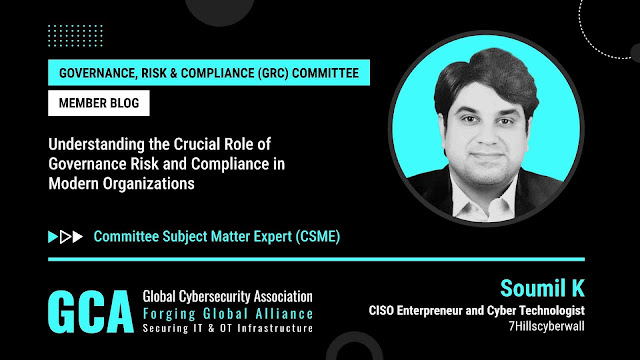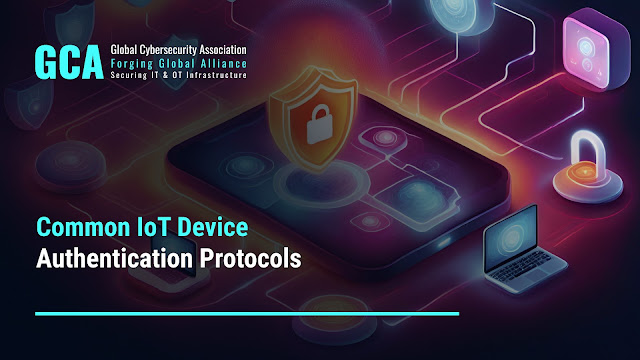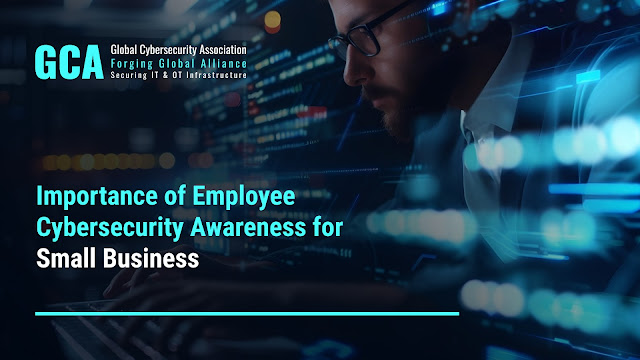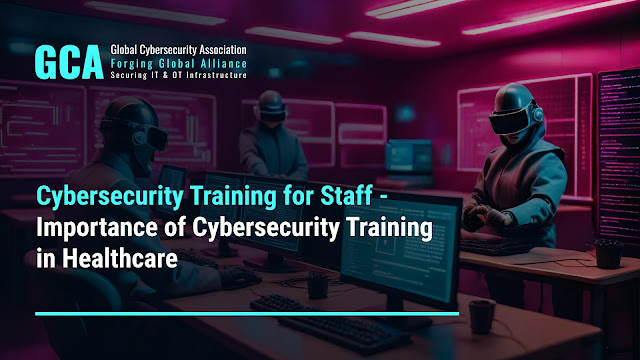A Practical Guide to IT Act 2000: Legal Framework for IT Security
In recent times, people fear for their privacy and safety due to hacking and information leaking are becoming more rampant. It is increasingly important for Information Technology professionals to pay attention to the law. One of the primary laws regarding information technology in India is the Information Technology Act 2000, designed to provide law on electronic transactions, internet security, and privacy of data. To help IT specialists master this critical aspect of business, the Global Cybersecurity Association provides a thorough course on the IT Act 2000 Explained for IT Professionals. This course affords IT professionals with the necessary knowledge to achieve compliance and assist in addressing the challenges regarding the legal enforcement of IT security. Why IT Act 2000 Matters for IT Professionals Legally, the IT Act 2000 is the framework that protects and enhances cybersecurity within the territory of India by addressing issues ranging from electronic trust to contro...





